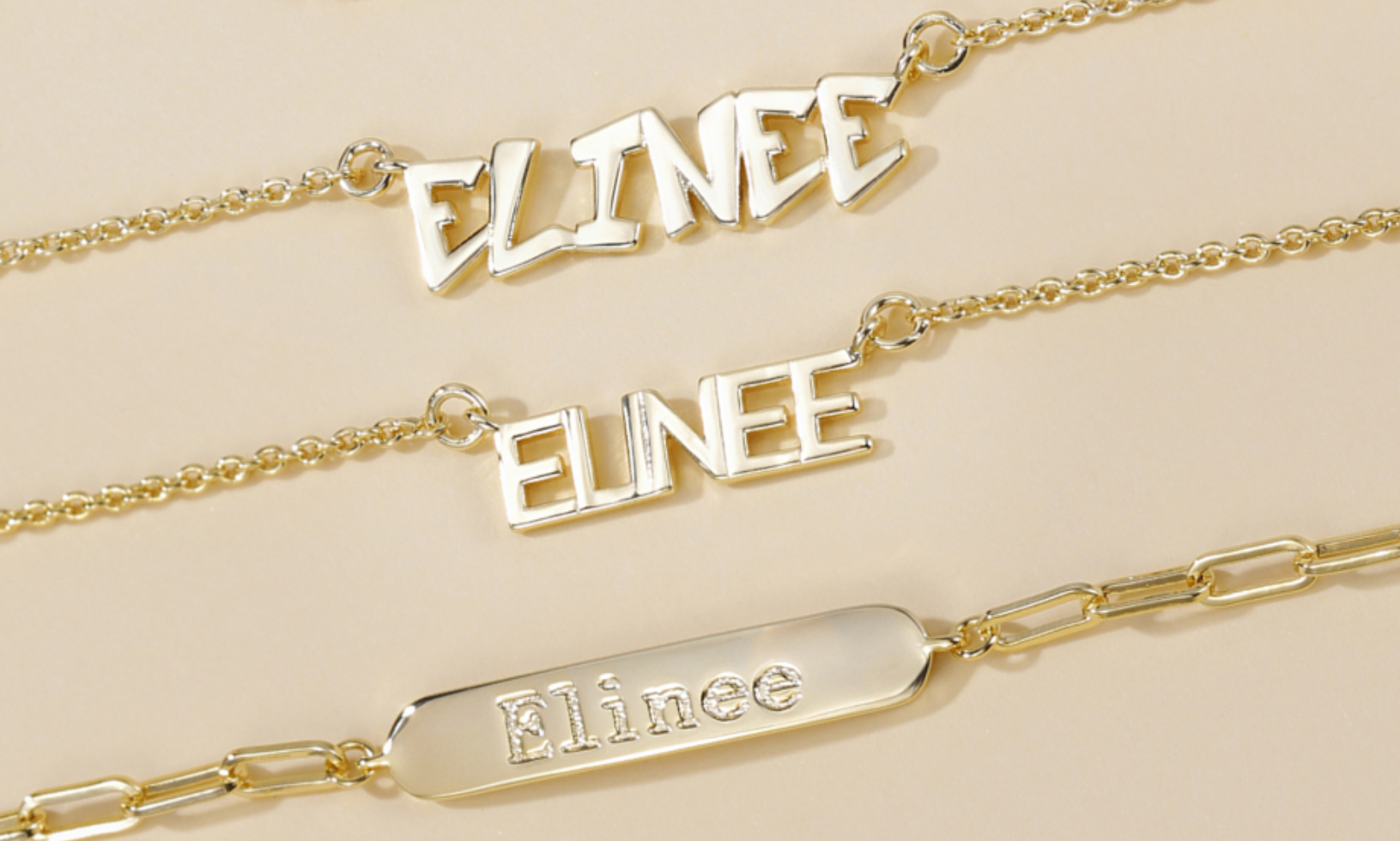Gold has been cherished for millennia, transcending cultures and continents as a symbol of wealth, power, and divinity. Its inherent beauty, rarity, and malleability have made it the perfect material for crafting jewelry, artifacts, and religious objects.
Let's take a look at the role gold has played throughout history, making it still highly valuable in modern times.
In Ancient Egypt, gold was closely associated with the gods, particularly the sun god Ra, who was believed to have a skin of gold. This divine connection made gold a symbol of immortality, power, and divine favor. Pharaohs were often buried with elaborate gold jewelry and artifacts, believing that these items would accompany them into the afterlife. The famed burial mask of Tutankhamen, made of solid gold, is one of the most striking examples of how the Egyptians used gold to immortalize their rulers. This association with eternal life and the divine helped gold retain its esteemed status throughout history.
In the Roman Empire, gold was a key indicator of social status and wealth. Roman citizens wore gold rings to signify their rank, with only certain classes permitted to wear them. Gold coins, such as the aureus, were not only used as currency but also as a tool to demonstrate Rome's power and wealth. The use of gold in jewelry and currency reinforced its connection to wealth and power, a perception that carried into later European societies. The Roman affinity for gold influenced later civilizations, establishing the metal as a universal marker of prestige.
In pre-Columbian civilizations of the Americas, such as the Incas and the Aztecs, gold held significant spiritual meaning. It was seen as a physical manifestation of the sun, and gold objects were often used in religious ceremonies and offerings to the gods. The craftsmanship of gold items, including intricate jewelry, masks, and ceremonial objects, reflected the metal’s spiritual and cultural significance. For these civilizations, gold was not just a symbol of wealth, but a sacred material that connected the physical world to the divine.
Throughout history, gold has been used to back currencies, creating a stable foundation for economies. The Gold Standard, used in various forms until the 20th century, established gold as the ultimate measure of value. Even today, central banks hold large reserves of gold as a hedge against economic instability, ensuring that it remains a trusted store of value.
Gold has maintained its allure through the ages because of its rarity, versatility, and deep connection to cultural and spiritual beliefs. Whether as a symbol of divine power in ancient civilizations or a financial safe haven in modern times, gold’s significance has only grown, making it one of the most enduring and valuable materials in human history.
You don't have to worry that gold jewelry will depreciate in value, even it can be kept longer and worth more, if you don't like the existing style, gold can also be replaced style.


